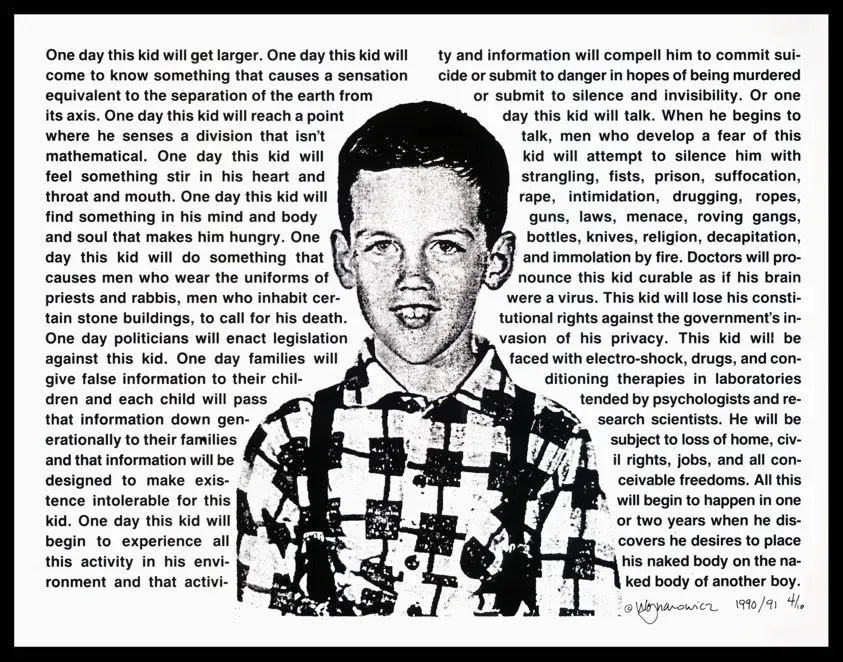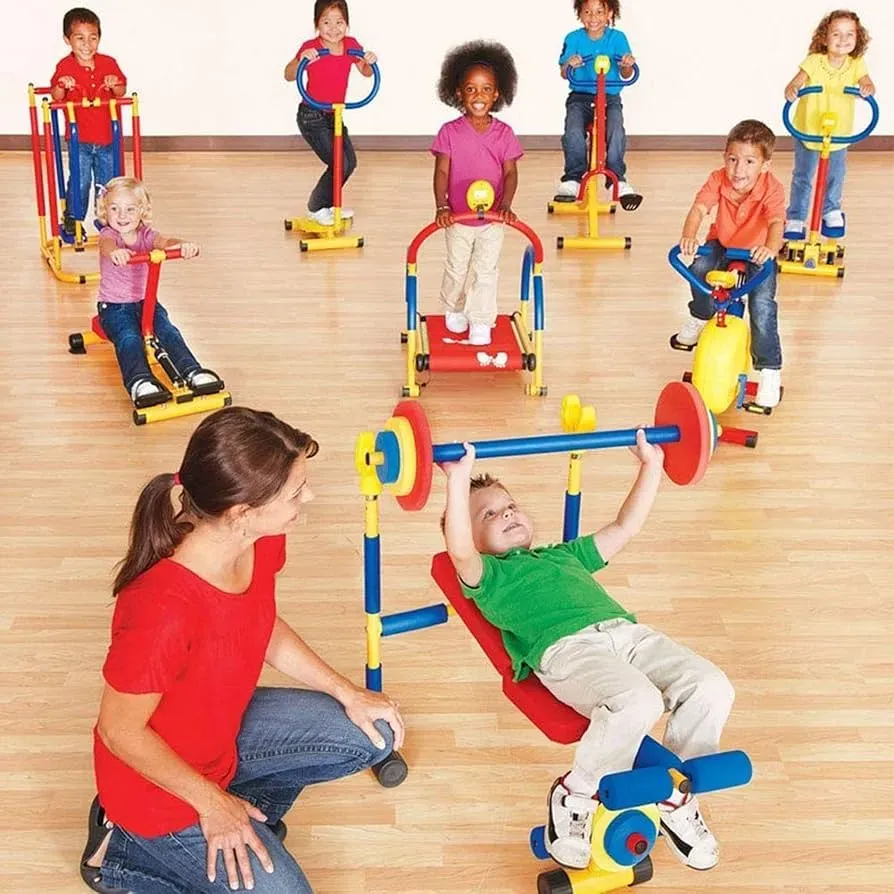Table of Contents
Remember when kids just... went outside? They’d disappear after breakfast and show up again dusty and tired for dinner. Things look a bit different now. Screens beckon, structured activities dominate, and good old-fashioned free play seems to be taking a backseat. This shift means kids aren't moving as much as they used to, which isn't great for their bodies or their brains. Getting them active at home is becoming less of a luxury and more of a necessity.
Why Kids Need to Move (More Than Ever)
Why Kids Need to Move (More Than Ever)
The Disappearing Act of Childhood Movement
It feels like a different world compared to when we were kids, right? Back then, "go play outside" was the default setting. Now, schedules are packed, screens are everywhere, and unstructured outdoor time is shrinking. This isn't just a nostalgic complaint; it's having a real impact. Sedentary lifestyles are becoming the norm for many children, leading to concerning trends in physical health, like rising rates of childhood obesity and related issues. Their bodies aren't getting the fundamental work they need to grow strong, build healthy bones, and develop essential motor skills. Limiting movement early on sets them up for potential health problems down the road. It’s not about turning every kid into a future Olympian, it’s about giving them the basic foundation for a healthy life.
Movement Fuels Their Growing Brains and Spirits
Beyond the physical stuff, getting kids moving is absolutely critical for their mental and emotional well-being. Think about it: movement isn't just exercise; it's how they explore, learn, and process the world. Physical activity helps with cognitive function – improving focus, memory, and problem-solving skills. Ever notice how a restless kid often settles down after running around? Movement helps regulate their mood, reduce anxiety, and improve sleep quality. It also teaches them resilience, discipline, and how to handle challenges, whether it's learning a new skill or just bouncing back after falling off a low beam. In a world that often feels overwhelming, giving them a physical outlet is a powerful tool for building confidence and managing stress.
So, why is movement more critical than ever? Here’s a quick rundown:
- Builds strong bones and muscles.
- Helps maintain a healthy weight.
- Develops coordination and motor skills.
- Boosts cognitive function (focus, memory).
- Improves mood and reduces stress.
- Enhances sleep quality.
- Teaches resilience and confidence.
- Provides a healthy outlet for energy.
Choosing the Right Home Gym Equipment for Kids
Alright, so you're sold on the idea that getting kids active at home is essential. Now comes the slightly daunting part: navigating the sea of options for home gym equipment for kids. It's easy to get overwhelmed by brightly colored plastic contraptions and promises of instant athleticism. The goal isn't to build a miniature commercial gym in your living room, but to find pieces that are safe, durable, engaging, and actually get used. Think about the age of your kids, the space you have available, and what kind of movement they naturally gravitate towards. Are they climbers? Bouncers? Swinger-from-doorframes types? Matching the equipment to their interests is key, otherwise, that shiny new piece becomes a very expensive dust collector.
- Consider the age range of your children.
- Evaluate the available space in your home.
- Think about their preferred ways to move.
- Prioritize safety and durability.
- Look for versatility in equipment.
Safety First: Setting Up Your Kids' Workout Space
Safety First: Setting Up Your Kids' Workout Space
Location, Location, Location (and What's Around It)
you've picked out some cool home gym equipment for kids. Great. Now, where does it all go? Shoving a mini-trampoline next to Grandma's antique vase is probably not the best call. The first step in safety is picking the right spot. Look for an area with plenty of clearance around and above the equipment. No low-hanging light fixtures waiting to be headbutted, no sharp corners waiting to be run into, and definitely no windows that could shatter. The floor surface matters too. Hardwood or concrete might need some extra padding, especially under climbing structures or anything kids might jump off. Think about traffic flow – is this area a main walkway? You don't want someone tripping over a balance beam in the dark on their way to the kitchen.
Regular Checks and Constant Eyes
Getting the space set up right is only half the battle. Keeping it safe requires ongoing effort. Regularly inspect all the home gym equipment for kids. Are bolts tight? Is fabric torn? Are there any sharp edges or splinters that weren't there before? Kids are excellent at finding and exploiting weaknesses in things. Don't underestimate their ability to turn a minor flaw into a major hazard. More importantly, supervision is non-negotiable, especially with younger children or when they're trying new skills. You wouldn't let them play near a busy road unsupervised, and while less dangerous, the same principle applies. Be present, set clear rules about how the equipment is used, and teach them about taking turns and respecting the space. That fancy climbing wall isn't a wrestling ring.
Here are some quick safety checkpoints:
- Ensure ample clear space around all equipment (sides, front, back, above).
- Check for potential hazards like sharp furniture edges or breakable items nearby.
- Use appropriate flooring or add protective mats under equipment prone to falls.
- Inspect equipment regularly for wear and tear (loose bolts, frayed ropes, etc.).
- Set clear rules for equipment use and enforce them consistently.
- Supervise kids, especially when they are learning new skills or using more complex items.
- Teach kids to put equipment away properly if it's not permanently set up.
Making Fitness Fun: Using Home Gym Equipment for Kids
Making Fitness Fun: Using Home Gym Equipment for Kids
Beyond the Workout: Turning Play into Fitness
Alright, you've got the gear – maybe a mini-trampoline, a set of climbing holds, or a sturdy bar. Now the real trick: getting the kids to actually *use* the home gym equipment for kids consistently, without it feeling like homework. The key here is ditching the idea of formal "workouts." Kids learn and develop through play. So, frame it that way. That trampoline isn't for jumping jacks; it's for seeing who can bounce the highest or playing a game of "lava monster" where the floor is lava and the trampoline is safe ground. The climbing holds aren't just for strength; they're part of a quest to reach the "summit" of Mount Living Room. Turn fitness into an adventure, a challenge, or a secret mission. Their imaginations are way more powerful motivators than telling them they need to "exercise."
Gamify Everything: Challenges, Races, and Rewards
Kids love games. They love competition (usually friendly), and they definitely love winning or achieving something. Use this. Set up simple challenges: "How many times can you swing across the monkey bars without touching the ground?" or "Can you climb to the top of the wall in under 30 seconds?" Create obstacle courses using the home gym equipment for kids mixed with other household items (pillows, blankets, tunnels). Time them, let them time you, make a leaderboard on the fridge. Introduce simple reward systems that aren't just candy – maybe extra story time, picking the family movie, or getting to choose dinner one night. The goal is to make them *want* to move, to see the equipment as a source of fun and accomplishment, not a chore. It’s less about perfect form and more about consistent, joyful movement.
What kind of "games" can you create?
- Obstacle courses (timed or untimed).
- "Follow the Leader" using different movements on the equipment.
- Creating specific "tricks" or skills to master.
- Setting personal best challenges (e.g., longest hang time).
- Playing "The Floor is Lava" incorporating climbing or jumping.
- Inventing scenarios (e.g., climbing a mountain, swinging through a jungle).
- Having "talent shows" where they show off moves on the equipment.
Lead by Example: Join the Fun (Seriously)
Look, your kids watch you constantly. If they see you slumped on the couch scrolling while telling them to go play, the message is a little mixed, isn't it? The most effective way to get them excited about using their home gym equipment for kids is to get down there and join them. Bounce on the trampoline (if it's rated for your weight, obviously), try climbing the wall, swing on the bar. You don't have to be an expert; in fact, them seeing you struggle a little and keep trying can be a great lesson in perseverance. It turns their fitness time into quality family time. Plus, let's be honest, a few minutes of jumping or swinging is probably good for you too. It breaks up your day, gets your blood flowing, and reminds everyone that being active is something the whole family does together, not just something the kids are told to do.
More Than Just Playtime: The Real Win
So, you've seen the options, considered the space, and maybe even pictured a small human swinging from a bar in your living room. Investing in home gym equipment for kids isn't about creating tiny bodybuilders or future Olympians (unless that's the plan, no judgment). It's about providing opportunities for movement when the world outside often limits them. It's about building habits, boosting confidence, and maybe, just maybe, preventing a few instances of "I'm bored!" by offering a physical outlet. It takes some thought to pick the right gear and set it up safely, and it definitely takes effort to keep it from becoming just another dust collector. But the payoff – kids who move more freely, feel stronger, and have a go-to way to burn energy – that's a concrete return on investment worth considering.